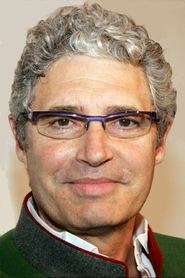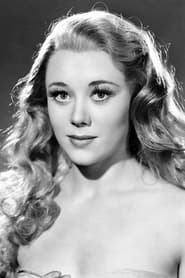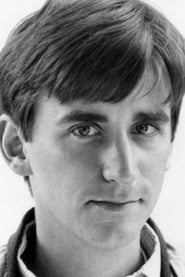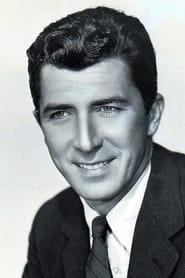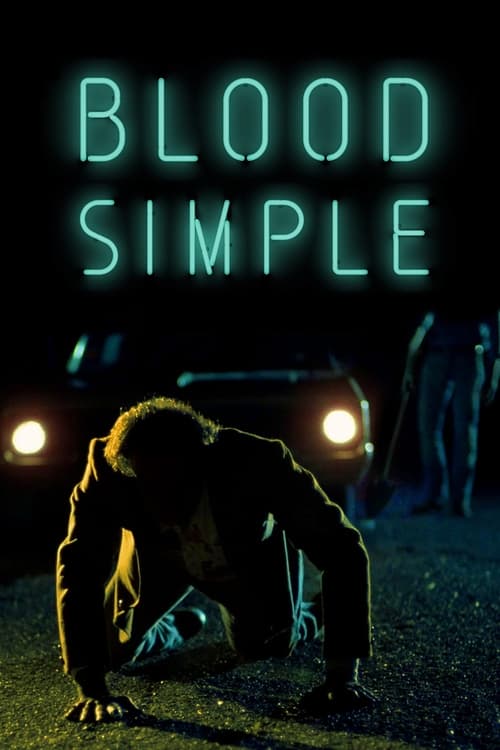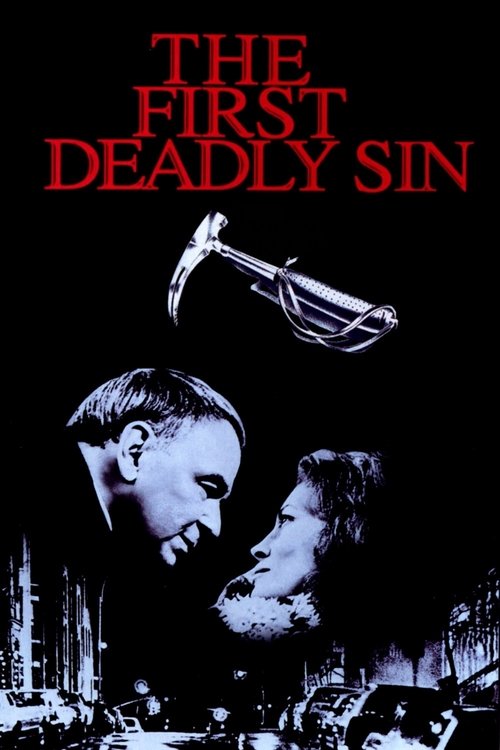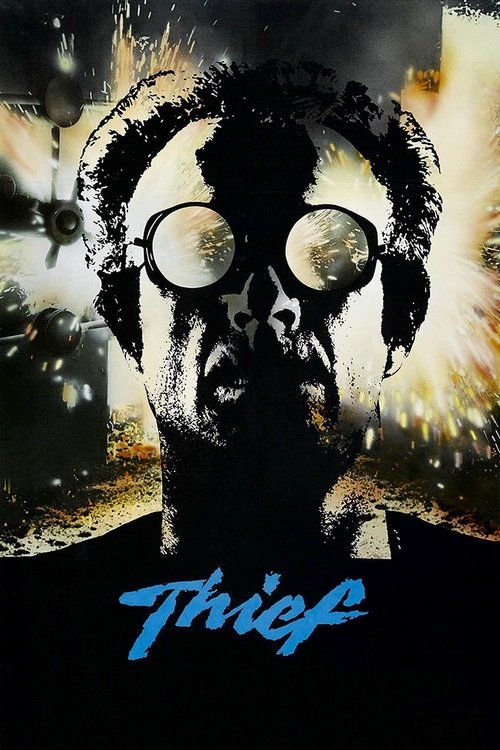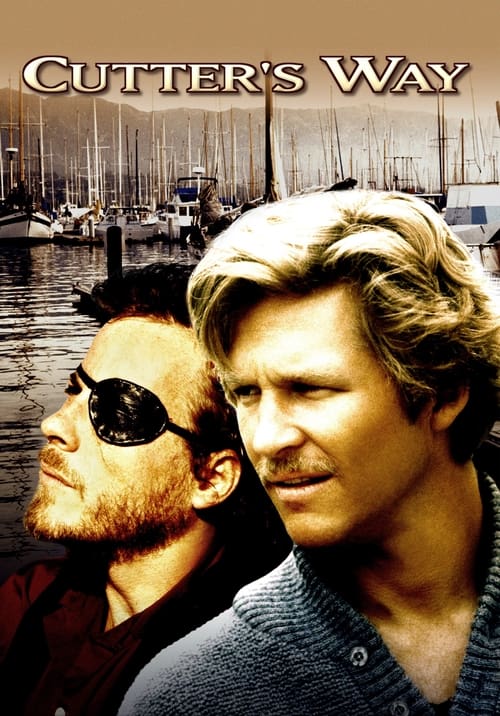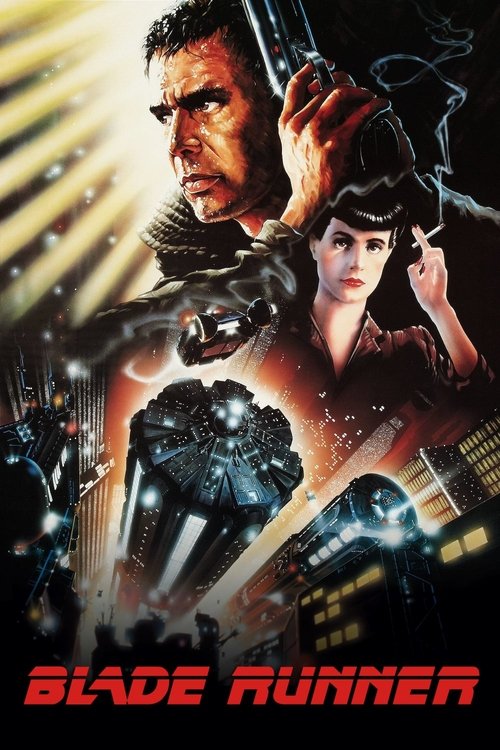
Ask Your Own Question
What is the plot?
The story begins in the heart of Boston, where Michael Spraggue, a thoughtful and methodical professor, leads a quiet academic life. His world is punctuated by the arrival of his eccentric aunt, a woman whose zany demeanor and sharp wit contrast sharply with Michael's calm, intellectual nature. Their relationship is warm but lively, filled with playful banter and a shared curiosity that soon propels them into a dark mystery lurking beneath the city's surface.
Michael's routine is disrupted when he becomes suspicious of a suave physician, Dr. Charles Whitman, a man whose polished exterior and impeccable manners mask something far more sinister. The doctor's black bag, a traditional symbol of his profession, becomes the focal point of Michael's suspicions. It is whispered that what lies inside that bag is not just medical instruments but tools of murder. Michael's aunt, ever the enthusiast for intrigue, urges him to dig deeper, and together they begin to unravel a chilling puzzle.
Their investigation takes them through the familiar streets of Boston, from Michael's cluttered office filled with books and papers to the sterile, yet oddly unsettling, environment of Dr. Whitman's clinic. The doctor's clinic is a place of contradictions--orderly on the surface but concealing secrets that Michael and his aunt are determined to expose. They discover hints of victims whose deaths have been quietly attributed to natural causes or unexplained illnesses, but Michael's keen mind senses a pattern.
As they delve further, the tension rises. Michael and his aunt exchange whispered theories and cautious observations. "There's something in that bag, Michael," she says one evening, her eyes gleaming with a mix of fear and excitement. "Something deadly." Michael nods, his jaw tight with resolve. "We need proof. Otherwise, we're just chasing shadows."
Their breakthrough comes when they uncover evidence linking Dr. Whitman to several suspicious deaths. The doctor's charm begins to crack under their scrutiny, revealing glimpses of a dark obsession with control and power over life and death. The black bag, once a symbol of healing, is now a harbinger of doom.
The climax unfolds far from the bustling streets of Boston, at a deserted winery nestled at the end of a rarely traveled road. The setting is bleak and isolated, the perfect stage for the final confrontation. Michael arrives alone, the weight of the investigation heavy on his shoulders. The winery, with its decaying barrels and empty vats, echoes the emptiness of the lives Dr. Whitman has claimed.
In a tense and gripping showdown, Michael confronts the crazed killer--Dr. Whitman himself. The doctor's facade of civility is gone, replaced by a chilling madness. "You think you can stop me?" Whitman snarls, his voice a low growl. "This bag holds the power to decide who lives and who dies. And I am the arbiter."
The struggle is fierce and desperate. Michael, fueled by a mix of fear and determination, fights to survive and bring the truth to light. The battle is as much psychological as physical, with Michael trying to outwit a man who believes himself above the law of morality. The fight ends with Whitman's death, though the exact details are harrowing and left to the imagination--Michael emerges battered but alive, standing alone amid the shadows of the winery.
The film closes on Michael, the weight of the ordeal etched into his face, as he surveys the silent, empty winery. The mystery is solved, but the cost is profound. The doctor's reign of terror is ended, yet Michael is left isolated, a solitary figure against the fading light, contemplating the fragile line between justice and vengeance.
Throughout the story, every death caused by Dr. Whitman remains shrouded in implication rather than explicit detail, emphasizing the psychological thriller's noir atmosphere. Michael Spraggue and his aunt survive, their bond strengthened by the ordeal, but forever changed by the darkness they have faced. The black bag, once a symbol of healing, is now a grim reminder of the thin veil separating life from death.
What is the ending?
In the ending of "Spraggue," the protagonist, Spraggue, confronts the consequences of his actions and the choices he has made throughout the film. The climax unfolds as he faces a critical decision that will determine his future and the lives of those around him. Ultimately, Spraggue chooses to embrace a path of redemption, leading to a resolution that brings closure to his character arc.
As the film draws to a close, we see Spraggue standing at a crossroads, both literally and metaphorically. The sun sets in the background, casting a warm glow over the landscape, symbolizing the hope that lies ahead. He reflects on his journey, the mistakes he has made, and the relationships he has strained. In a poignant moment, he reaches out to those he has wronged, seeking forgiveness and understanding. The emotional weight of his past actions hangs heavy in the air, but there is a sense of determination in his eyes.
The final scenes depict Spraggue taking steps toward rebuilding his life. He reconnects with his family, mending the bonds that had been frayed by his earlier choices. The film concludes with a sense of optimism, as Spraggue walks away from his past, ready to embrace a new beginning.
Now, let's delve into the ending in a more detailed, chronological narrative.
As the climax of "Spraggue" approaches, the tension builds within the small town where Spraggue has lived much of his life. The air is thick with anticipation as he grapples with the fallout from his previous decisions. The camera captures his furrowed brow and clenched fists, revealing the internal struggle he faces. He stands alone in a dimly lit room, surrounded by remnants of his past--old photographs, letters, and mementos that serve as reminders of the relationships he has neglected.
In the next scene, Spraggue steps outside, the cool evening air brushing against his skin. He walks through the town, each step echoing the weight of his regrets. The streets are quiet, and the shadows lengthen as the sun dips below the horizon. He approaches the home of his estranged family, his heart racing with a mix of fear and hope. The door stands before him, a barrier between his past and the possibility of reconciliation.
With a deep breath, Spraggue knocks. The sound reverberates in the stillness, and moments later, the door creaks open. His family stands before him, their expressions a mixture of surprise and guardedness. The tension is palpable as they exchange glances, memories of hurt and disappointment hanging in the air. Spraggue's voice trembles as he speaks, apologizing for the pain he has caused and expressing his desire to make amends. The emotional weight of his words hangs heavy, and the camera captures the tears welling in his eyes.
As the conversation unfolds, the family members begin to soften, their defenses lowering as they listen to Spraggue's heartfelt plea. The scene shifts to a montage of moments where they share laughter, tears, and stories, slowly rebuilding the trust that had been shattered. The warmth of their interactions contrasts sharply with the coldness of the earlier scenes, symbolizing the healing process that is taking place.
In the final moments of the film, Spraggue stands outside once more, this time with his family by his side. The sun has fully set, but the sky is painted with hues of orange and pink, suggesting the dawn of a new day. They walk together down the street, united and hopeful. Spraggue's face reflects a newfound sense of purpose, and as they turn a corner, the camera lingers on their silhouettes against the fading light, signifying the journey they have embarked on together.
The film concludes with a sense of closure, as Spraggue embraces the possibility of redemption and the chance to forge a brighter future. Each character has faced their own struggles, but through Spraggue's journey, they have all found a way to reconnect and heal. The screen fades to black, leaving the audience with a lingering sense of hope and the understanding that change is possible, even after the darkest of times.
Is there a post-credit scene?
The movie "Spraggue," produced in 1984, does not feature a post-credit scene. The film concludes its narrative without any additional scenes or content after the credits roll. The story wraps up with a sense of resolution, focusing on the character arcs and the themes explored throughout the film, leaving no lingering questions or additional moments for the audience to ponder after the credits.
What motivates the character of Spraggue throughout the film?
Spraggue, portrayed as a complex character, is driven by a deep-seated desire for redemption and acceptance. His past mistakes haunt him, and he seeks to prove himself worthy of love and respect, which fuels his actions throughout the narrative.
How does Spraggue's relationship with his family evolve during the film?
Initially strained, Spraggue's relationship with his family is marked by tension and misunderstanding. As the story progresses, moments of vulnerability and shared experiences lead to a gradual reconciliation, showcasing the emotional journey of both Spraggue and his family members.
What role does the setting play in Spraggue's journey?
The setting, a small town with a rich history, serves as a backdrop that reflects Spraggue's internal struggles. The town's familiar yet confining atmosphere amplifies his feelings of isolation and longing for change, making it a crucial element in his quest for self-discovery.
Who are the key supporting characters that influence Spraggue's decisions?
Key supporting characters include his childhood friend, who represents a connection to his past, and a mentor figure who challenges him to confront his fears. Their interactions provide pivotal moments that shape Spraggue's choices and ultimately guide him toward personal growth.
What specific events trigger Spraggue's turning points in the story?
Several key events act as turning points for Spraggue, including a confrontation with a figure from his past that forces him to face his regrets, and a moment of crisis that tests his resolve. These events catalyze his transformation and propel him toward a path of self-acceptance.
Is this family friendly?
"Spraggue," produced in 1984, is a film that contains several elements that may not be suitable for younger audiences or sensitive viewers. Here are some potentially objectionable or upsetting aspects:
-
Violence and Conflict: The film includes scenes of physical confrontations and emotional turmoil that may be intense for children. The portrayal of conflict can evoke feelings of fear or anxiety.
-
Emotional Struggles: Characters experience significant emotional distress, including themes of loss, betrayal, and personal struggle. These moments can be heavy and may resonate deeply with sensitive viewers.
-
Mature Themes: The narrative explores complex adult themes such as family dynamics, personal sacrifice, and moral dilemmas, which may be difficult for younger audiences to fully understand or process.
-
Tense Situations: There are moments of suspense and tension that could be unsettling, particularly for children who may be more sensitive to such scenarios.
-
Character Flaws: Some characters exhibit morally ambiguous behavior, which could lead to confusion or discomfort for younger viewers trying to discern right from wrong.
Overall, while "Spraggue" has its merits as a narrative, it contains elements that may not be appropriate for all audiences, particularly children or those who are sensitive to emotional or intense content.



